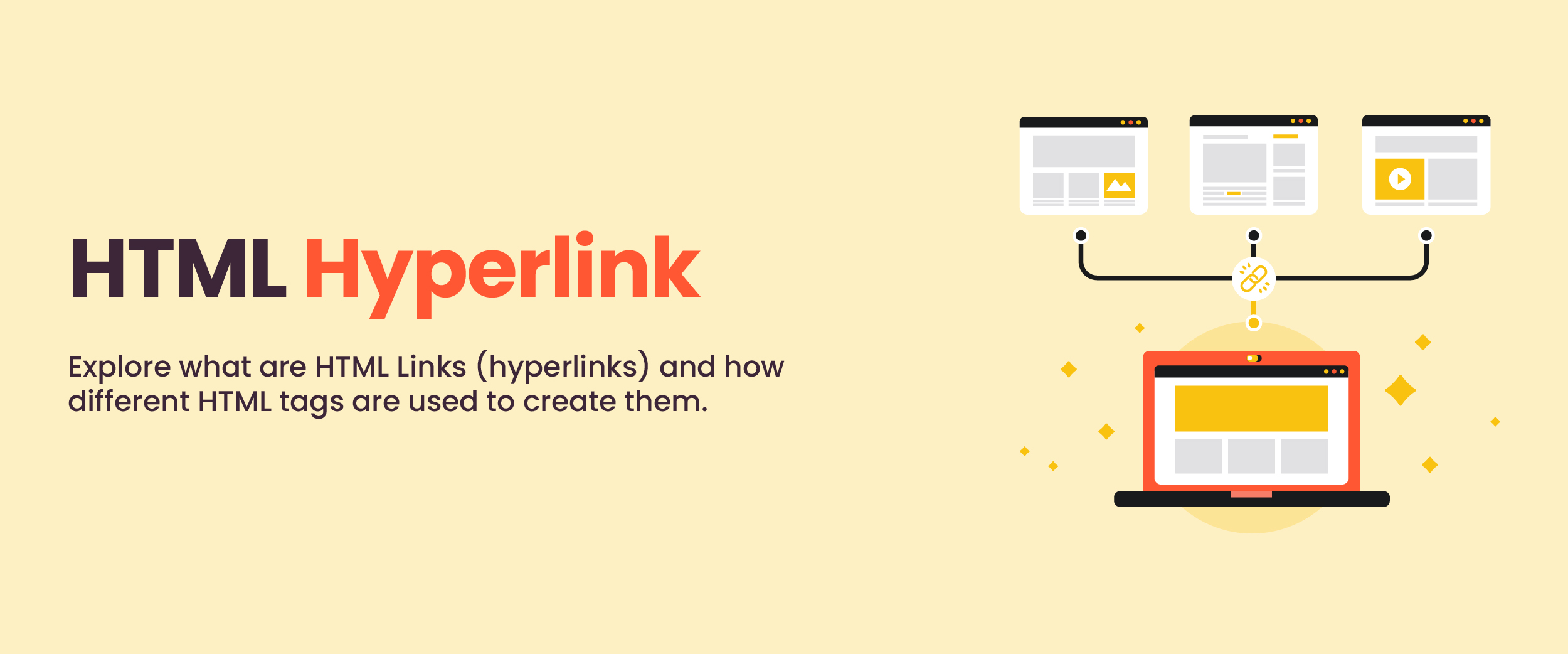Features of Hyperlink

Hyperlinks are essential components of hypertext documents, serving as navigational tools that allow users to access related content or resources. Here are some key features of hyperlinks:
Clickable: Hyperlinks are interactive elements that users can click or tap on to activate. They are typically visually distinguishable from regular text or images, often appearing underlined or in a different color to indicate their clickable nature.
Text or Image: Hyperlinks can be represented by text, images, buttons, or other media elements. Text hyperlinks are usually displayed as underlined or differently colored text, while image hyperlinks may be indicated by a change in cursor when hovered over.
Destination: Each hyperlink specifies a destination or target location to which it directs the user. This destination can be within the same document (internal link) or external to it (external link), such as another webpage, file, or resource.
URL: Hyperlinks are associated with Uniform Resource Locators (URLs) or Uniform Resource Identifiers (URIs), which specify the address or location of the target resource. When a hyperlink is activated, the web browser or other software uses the URL to retrieve and display the linked content.
Link Types:
Functionality: Hyperlinks can serve various functions, including:
Accessibility: Hyperlinks should be accessible to all users, including those with disabilities. Providing clear and descriptive link text, ensuring proper contrast and visual cues, and implementing keyboard accessibility are essential considerations for creating accessible hyperlinks.
Overall, hyperlinks play a crucial role in facilitating navigation and information retrieval within hypertext documents, enabling users to seamlessly explore and access interconnected content and resources.
Thank you,